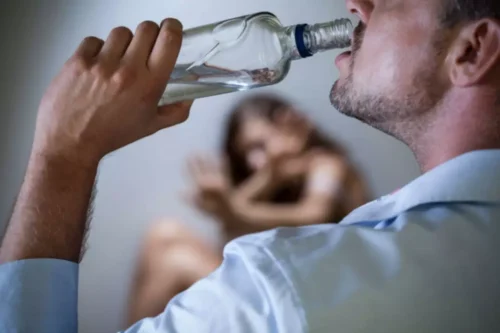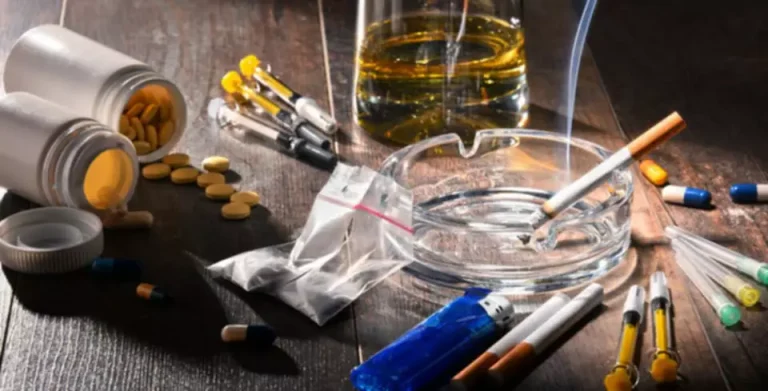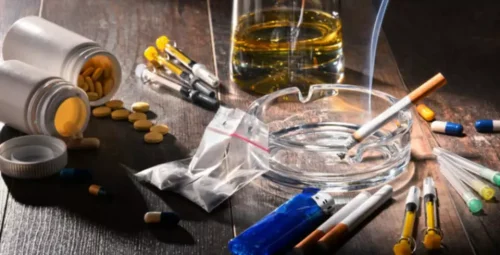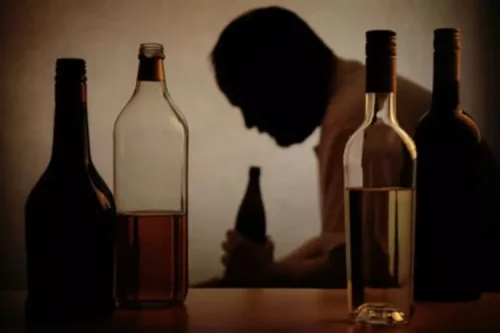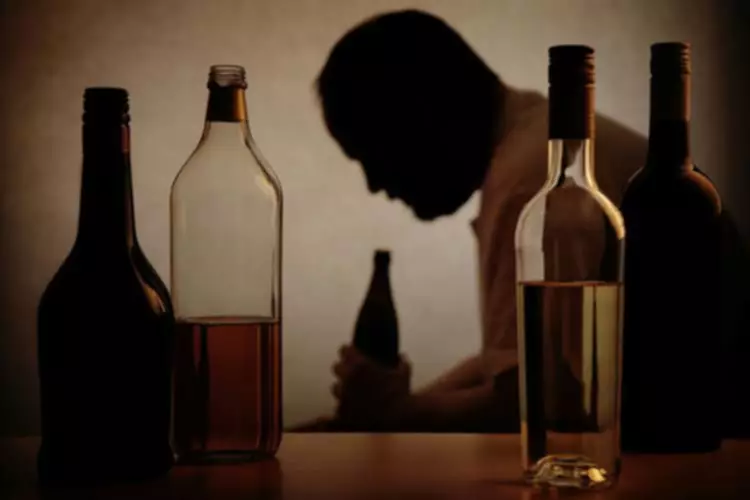
To stay sober after drug or alcohol rehab you will have to learn how to sober house rebuild your lifestyle around recovery, not fit recovery into your lifestyle. Stay on track with structured programs and accountability to support your journey toward sobriety. The time spent in a sober-living home depends on a number of factors including strength of recovery from addiction, progress on clinical milestones and the personal living situation at home. A minimum stay of three months is recommended, but many benefit from a longer stay for sustained sobriety. Although halfway houses share a lot in common with sober-living homes, there are a few key differences that set them apart.
- Living among individuals who understand your struggles and can relate to your experiences creates an invaluable support network.
- Halfway houses date back to the 1830s when they housed children and adults that had committed crimes or had been released from prison.
- By Julia Childs Heyl, MSWJulia Childs Heyl, MSW, is a clinical social worker and writer.
- Substance abuse may have taken years of your life, so sober living homes can help you regain them.
Find Treatment
Call today and find out how sober living housing may benefit your recovery journey. Sober living facilities provide a safe, supportive environment for people in recovery after undergoing more intensive forms of treatment or while enrolled in outpatient care. These residences can reduce the risk of relapse during someone’s early sobriety, allowing patients to surround themselves with sober, like-minded peers as they gradually transition back into regular life. Most people stay in sober living homes for 6 to 12 months on average, according to the National Institute on Drug Abuse (NIDA). The ideal length of stay varies, but studies suggest that longer stays improve long-term sobriety outcomes.
- A great way to find a sober living house in your area is first to explore your network.
- These facilities are generally more pleasant and less crowded than halfway houses.
- Sober-living homes provide a strong support network and community to help you safely navigate the tough spots and triggers you may encounter.
- There are also plenty of independent sober living houses that have not changed their protocols much since the late 1940s when these residences came to be.
Teen & Young Adult Treatment Tracks
Some facilities require a minimum number of days of sobriety from substance abuse, but many will work with you to determine if you’re a good fit. You might be expected to make your bed, clean a shared bathroom, or tidy up the kitchen. After this, you might have a house meeting to attend or have free time to either go to therapy sessions or attend an addiction support group outside of the home. By living together, sharing experiences, difficulties, and accomplishments, and participating in communal activities, residents can build a strong support system that will assist them in long-term recovery. Resuming work and other activities can be difficult after recovery, but living with people who understand your struggles can help.
Mental Health Support
There are also plenty of independent sober living houses that have not changed their protocols much since the alcoholism treatment late 1940s when these residences came to be. Anyone who feels they need more time to solidify habits and coping mechanisms before they return to everyday life should consider a sober living home. Many residents have completed a drug rehab program before moving in (e.g., a 30-day, 60-day, or 90-day residential program) or are currently enrolled in outpatient care. The cost of sober living varies based on location, amenities, and the level of services provided.
